4488 days ago
#Cricket, #IndiaCricketTeam, #AustraliaCricketTeam, #SouthAfricaCricket
The progression of a team = its progression of leadership
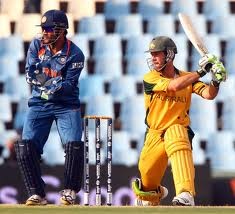
The inexperienced Allan Border led Australia in their mid-1980s crisis because he chose players having a rough and tough attitude and they placed the country/ team above anything in life. Within a year of his anointment, Australia won the World Cup in the Indian subcontinent!
Followed by which, Mark Taylor with his shrewd tactics and calmness on the field carried forward Border’s vision in style. However, it was under Steve Waugh that Australia became the Numero Uno and sustained themselves by mentally draining their opponents with continued aggression and grit.
It took a Ricky Ponting to manage their egos or differences so that all the 11 players contribute big. Although, his dream run ended with the retirements of great players. To get Australia back to the top, it was a given that Michael Clarke was the man for it.
Thus, the team with the most number of victories in the world has had only 5 captains in the last 25 years!
In India, with his Border-like charisma-cum-charm, Sourav Ganguly removed India from the match fixing shambles of 2000 by empowering youngsters to become match winners and perform as a unit to win more abroad while the seniors played an adaptable game. However, the war time general might have become insecure in 2005 and then had to play under his protégé, Rahul Dravid.
Dravid inspired by his actions by using fewer words. But inconsistent performances let Anil Kumble succeed his Karnataka teammate. He was the ideal captain on that controversial Test series in Australia in 2007-08, being straight forward but firm while MS Dhoni was gradually given the Test captaincy after mastering the ODI and T20 formats. Dhoni turned out to be the key in India becoming world champions after 1983, with temperament and adaptability being his USP.
South Africa had Hansie Cronje, taking players irrespective of their colour and almost made the team world beaters. But as the team was shattered due to his match fixing antics, they struggled for three years until they selected a man who never played in the Cronje era. The young, brash 22 year old Graeme Smith succeeded Shaun Pollock, who seemed to be pressurized by leadership.
It was a laughable proposition but it eventually turned out to be a masterstroke as South Africa finally became the World No.1 in Test cricket and extremely consistent in ODIs. Smith’s trick was taking the advice of senior players of how to run the team.
But with him not leading them to the ever elusive World Cup win, AB de Villiers is now the ODI captain due to his enigma and innovative thinking.
This is why India, Australia and South Africa continue to be superpowers while others struggle.

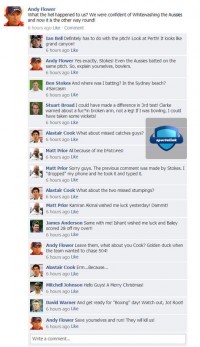
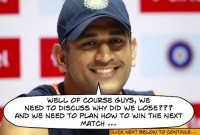
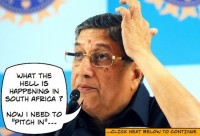
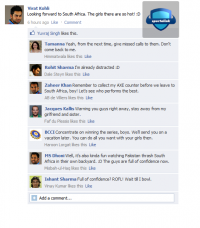
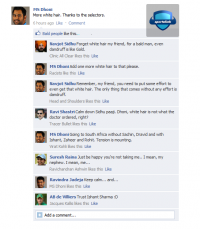

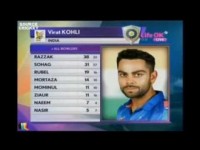
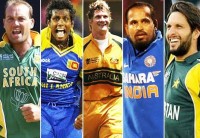
![Shahid Afridi Two Sixes in Two Balls(Last Over) [ Pak v/s India - Asia Cup 2014 ]](http://www.sportalink.com/assets/images/users/000/004/000004460_scl_thumb.jpg)
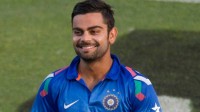

0 Comments/Replies